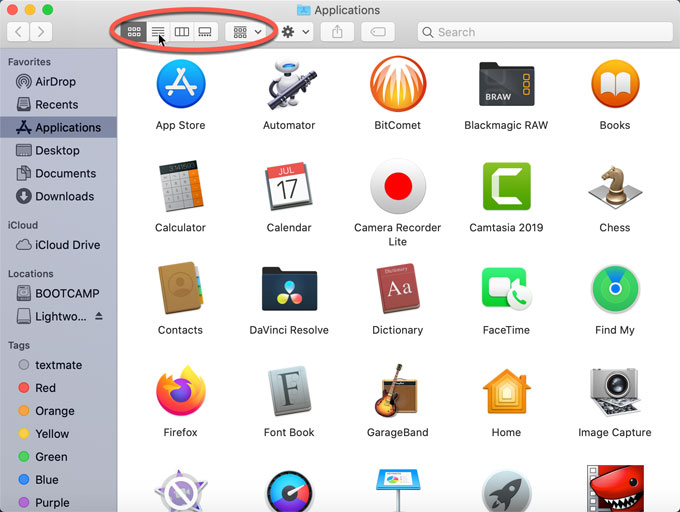

There was also a 48% increase in global commercial spacecraft missions to 251.īut given that the company’s technology is potentially disruptive, it could prove useful in other space markets. What’s more, according to The Space Report, the spending on infrastructure and support industries for space rose by 16.1% to $119.17 billion last year. The initial target market for Prime Lightworks is satellite propulsion. There would also be longer lifespans for space vehicles, higher reliability and larger vehicle sizes. There simply may no longer be need for spacecraft fuel (the cost savings could be as much as 50%). After all, this is why Prime Lightworks is still working on its proof-of-concept.Īssuming the company can create a commercially viable system, it would definitely be a game changer. No doubt, all this requires complex mathematics and innovative materials (the technology is currently patent pending). This is a thruster that is based on the momentum density of the electromagnetic field.įor the most part, it’s about creating large amounts of electromagnetic radiation pressure that creates tremendous power. Then what will Prime Lightworks do? Well, it will leverage a solar-powered radio amplifier and microwave cavity as an alternative. 7 Internet Of Things Stocks To Buy For 2021 And Beyond.

This leads to space debris, which can pose dangers to existing satellites. But of course, there are then the enormous amounts of waste emissions. For example, when it comes to launching satellites, the fuel can cost a hefty $50,000 per kilogram. While there have been remarkable advances in propulsion systems, there are still a myriad of problems and challenges. Seeing an interesting opportunity, he launched Prime Lightworks in 2015. He was an electromagnetic interference (EMI) and survivability engineer.įlanagan got the idea for his startup when he read that NASA was evaluating microwave propulsion systems that required zero fuel. in physics from Harvard and would then go to work at Elon Musk’s SpaceX for a couple years. The CEO and founder is Kyle Flanagan, who is a twenty-something (he currently is among the Forbes 30 Under 30 Class of 2020 in Science).


 0 kommentar(er)
0 kommentar(er)
